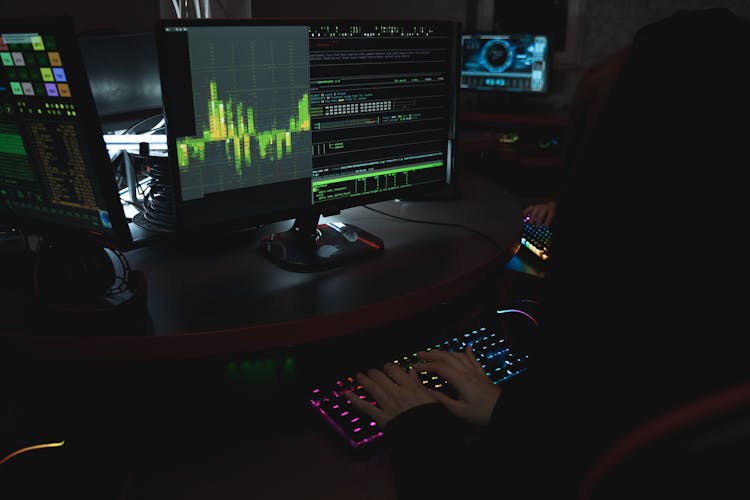A clean and sanitized environment is vital to health care and lab ecosystems. Contaminants like dust, particles, debris, bacteria, viruses and polluted air can impact the integrity of cleanrooms, causing technical and monetary losses.
As technology advances and cleanroom operations become more intricate, traditional contaminant control fails to keep up with the need. AI-powered innovative systems fill this gap by enabling efficacy in various ways.
Optimized Workflow Efficiency
Traditional workflow methods involve hours of tedious scheduling and maintenance tasks, which often waste resources, time and manpower. Reliance on humans to perform certain tasks also increases the chances of contamination.
“AI allows the analysis of a vast amount of real-time and historical data that can provide a streamlined operation and refined contamination control methods.”
These systems can collect data to ensure a comprehensive and accurate output on the cleanroom’s conditions. In addition, they can also trigger an immediate response to any inefficiencies.
Routine tasks like data recording and logging can be automated with less reliance on personnel, thus negating human errors and reducing contamination risks. This enhances operational efficiency and allows the staff to focus on more complex tasks. In a survey, 42% said that improved efficiency is the most significant advantage of implementing AI in their organization.
Increased Sensitivity to Anomalies
AI-powered systems can identify patterns using predictive analysis. Traditionally, this is done manually by assessing the parameters using set benchmarks. The data retrieved is often one-dimensional, hindering the opportunity for more complex routine checks. In many cleanrooms, the structure and fixtures are designed to reduce contaminants. For example, intumescent strips are fitted to doors to decrease bacterial contaminants and fire damage.
“Innovative technology like AI uses advanced algorithms to continuously check systems, equipment and the environment and detect abnormalities that could result in contamination risk. ”
These systems effectively compare historical data to establish a pattern — any deviation from this pattern, no matter how minuscule, is flagged as a potential risk and, therefore, triggers relevant intervention processes. This allows the system to secure the ecosystem promptly before the contamination causes more significant consequences.
In addition, AI systems allow for advanced and complex pattern reading sequences, eliminating frequent false alarms that can affect productivity and cause resource waste.
Improved Cleanliness
Ensuring cleanliness is one of the most vital aspects of contamination control. Unfortunately, manual cleaning is time-consuming and can be counter-productive as it can increase contamination by personnel and cleaning equipment. Sometimes, manual cleaning methods do not achieve the required level of sanitization.
“AI-powered robotic cleaners identify areas that need thorough or superficial cleaning, optimizing the process and time spent.”
They also ensure a comprehensive routine cleaning schedule that adapts to the specific requirements of different equipment and the room itself. These robots also have advanced imaging sensors and positioning technology to detect, eliminate, and avoid contaminants.
Continuous Monitoring
The data-driven systems that use AI provide consistent surveillance around the clock. This allows real-time feedback and collects ample data for the system to read and convert into insights for future uses. It also immediately flags contaminations and triggers response, compared to manual monitoring, which may miss these risks and cause the problem to escalate.
Many cleanrooms practice reactive maintenance systems for their equipment, where repair occurs only when there is a technical issue. AI, on the other hand, uses predictive and preventive maintenance approaches. It uses available data to predict the need for inspection and maintenance, thus minimizing downtime and contamination risks due to equipment repair or failure. This also reduces maintenance costs by 25% on average and increases the life span of the machinery by 20% to 40%.
AI Empowers Efficacy and Revolutionizes Contamination Control
AI-powered systems are highly beneficial in cleanroom quality control, enabling comprehensive mitigation of contamination risks. As AI expands its horizons, its role in contamination control approaches will continue to grow.



